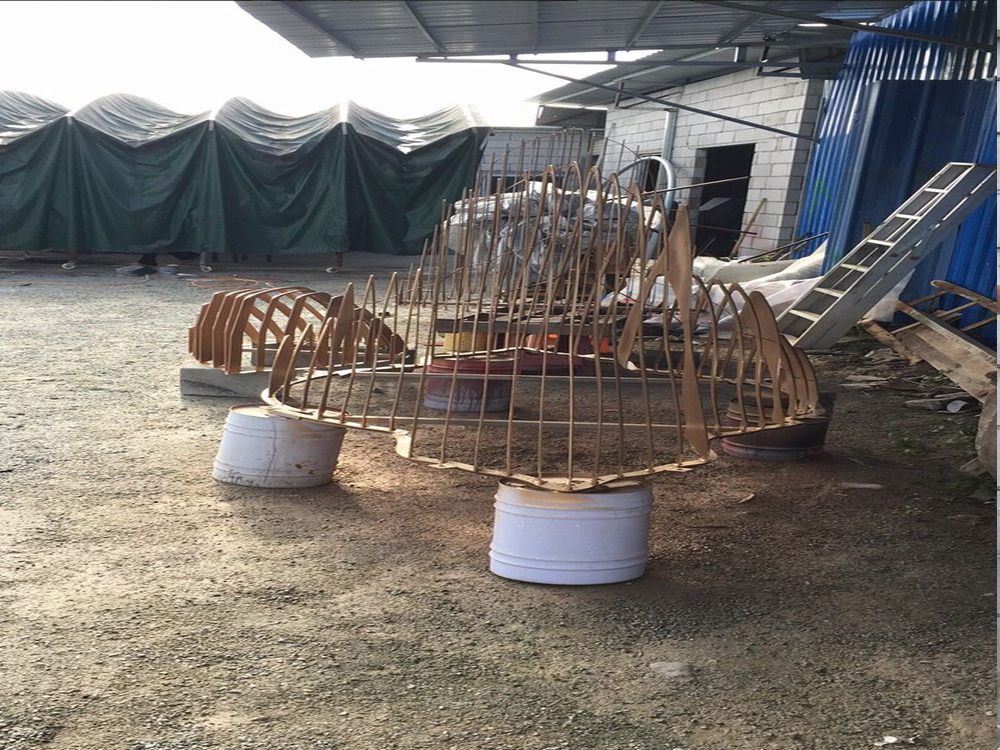
Outdoor bronze sculptures are prized for their beauty and durability, but they are still vulnerable to corrosion due to various environmental factors. Understanding these elements can help in preserving these artworks for generations.
1. Moisture and Humidity
Bronze reacts with water and oxygen, forming a greenish patina over time. While this layer can protect the metal, excessive moisture—especially in humid climates—accelerates corrosion, leading to pitting and structural weakening.
2. Air Pollution
Industrial emissions and urban pollutants, such as sulfur dioxide and nitrogen oxides, react with bronze, creating corrosive compounds like copper sulfate. Acid rain further exacerbates this process, stripping away protective layers.
3. Salt Exposure
Coastal areas pose a significant threat due to salt spray. Chlorides in seawater penetrate bronze, causing rapid oxidation and "bronze disease," a destructive form of corrosion that appears as powdery green spots.
4. Temperature Fluctuations
Extreme heat and cold cause bronze to expand and contract, leading to micro-cracks. These cracks allow moisture and pollutants to seep in, speeding up deterioration.
5. Biological Growth
Algae, lichen, and bird droppings can trap moisture and release acidic byproducts, accelerating corrosion. Regular cleaning is essential to prevent organic buildup.
Preservation Tips
- Apply protective wax coatings to slow oxidation.
- Install sculptures in sheltered locations away from direct rain and pollutants.
- Clean gently with pH-neutral solutions to avoid damaging the patina.
By addressing these environmental factors, bronze sculptures can maintain their integrity and aesthetic appeal for decades.

